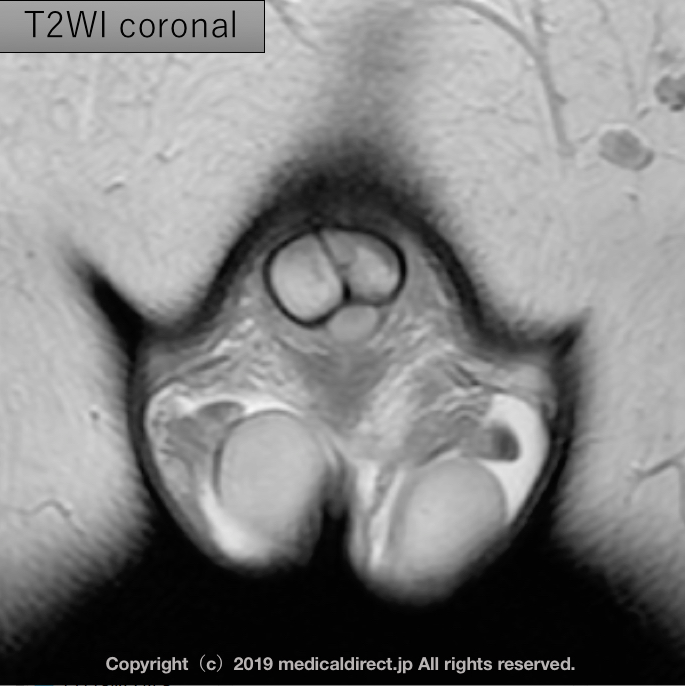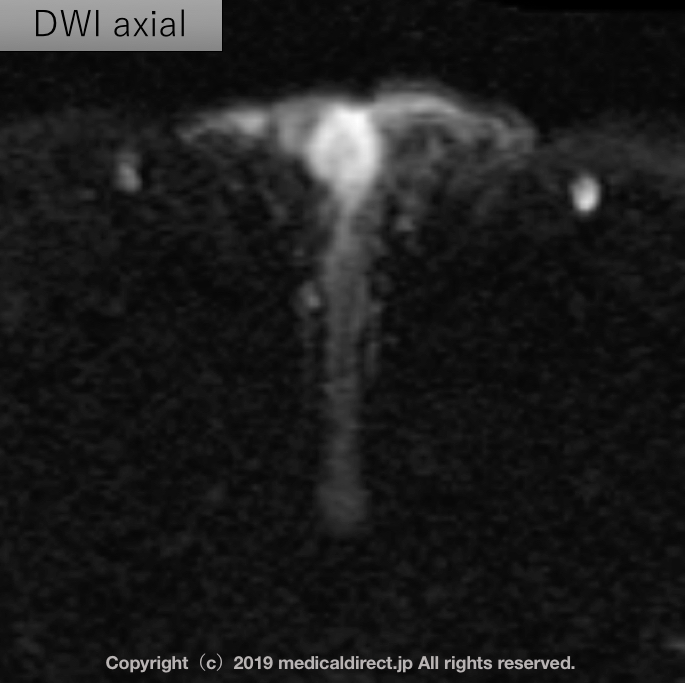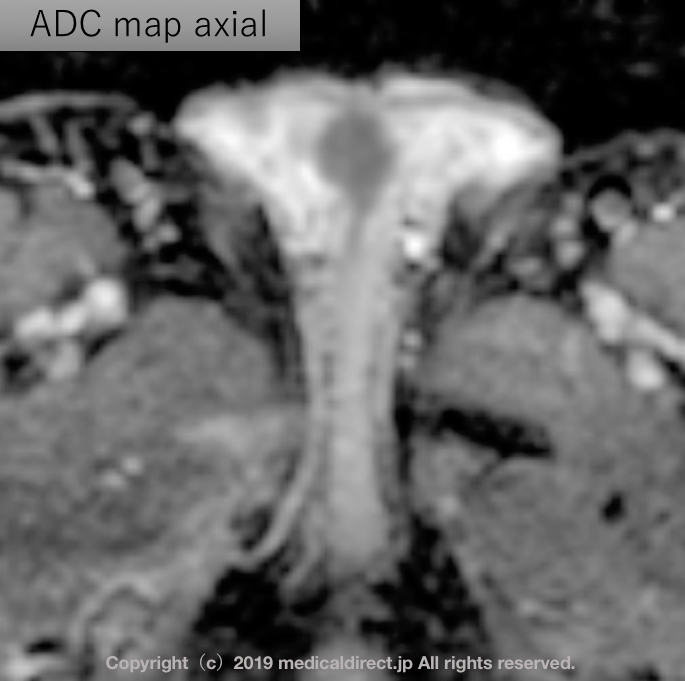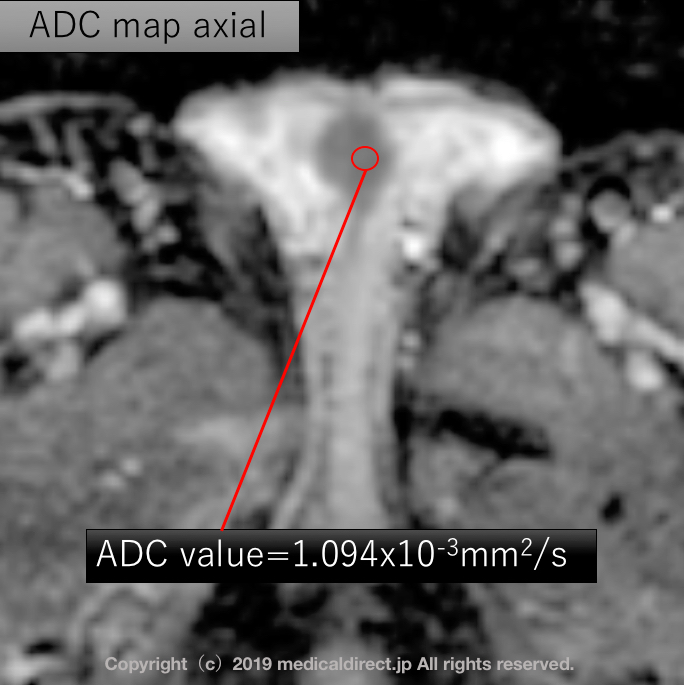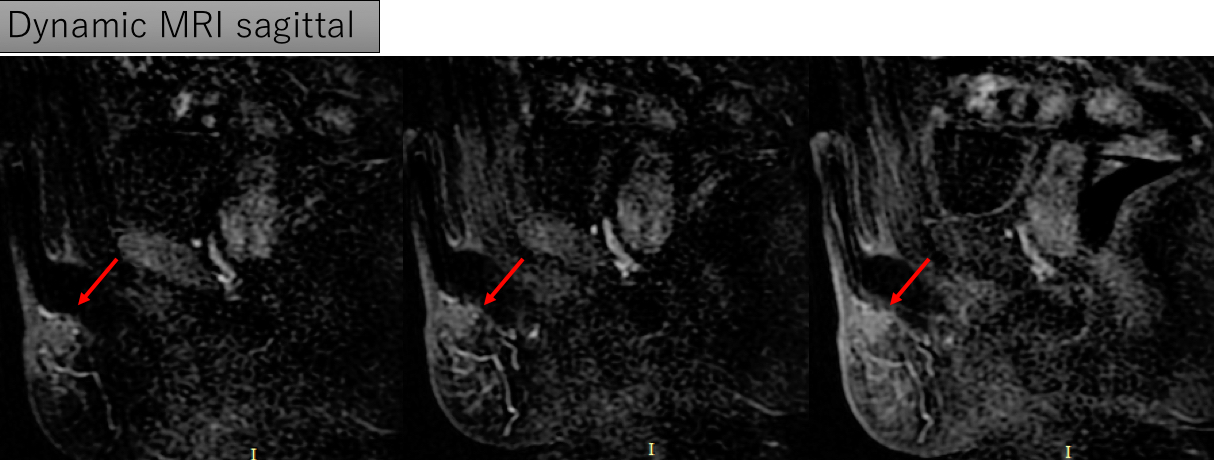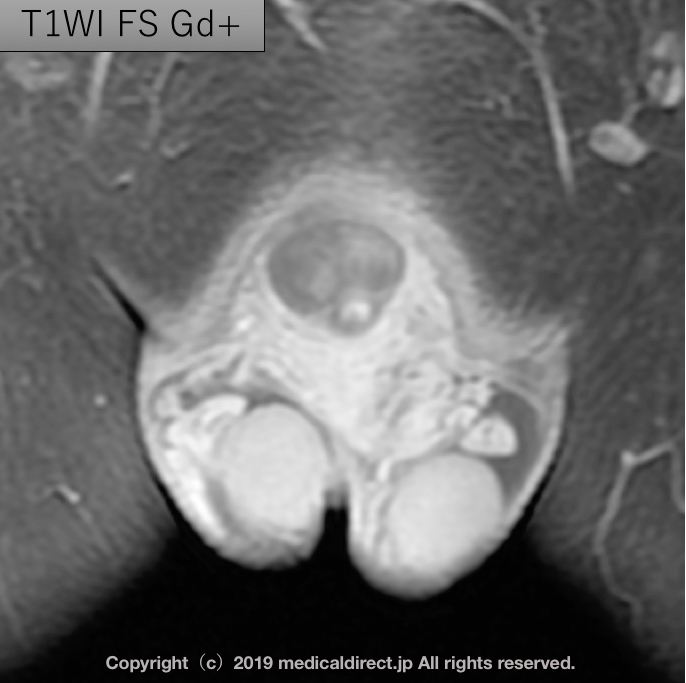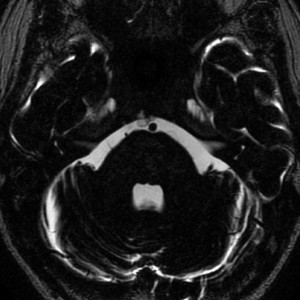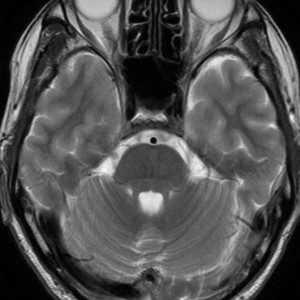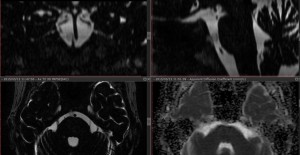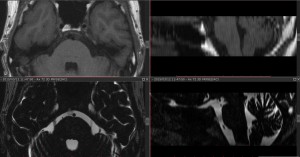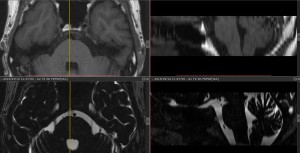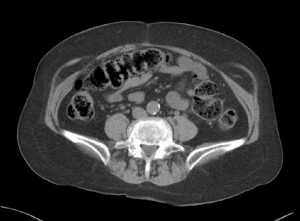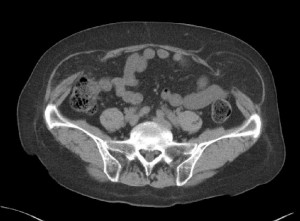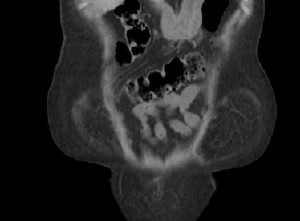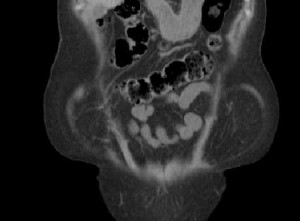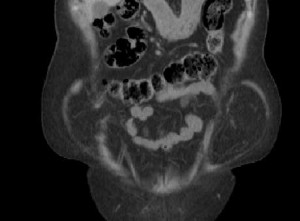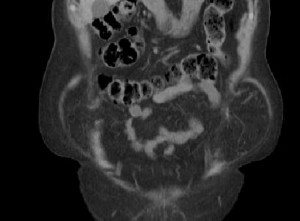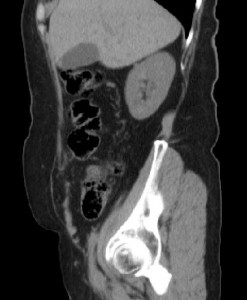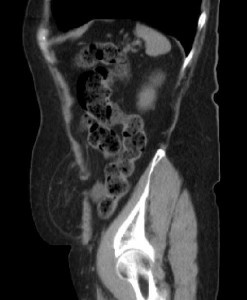We report the imaging findings of sclerosing lipogranuloma. Sclerosing lipogranuloma is a peculiar granulomatous fatty tissue reaction. The majority of the cases occur in the genital and urinary tracts. To our knowledge, the CT and MR images of this rare entity have not been reported in the English literature. We present a case that was suspected to be sclerosing lipogranuloma of the male genitalia on CT and MR images and was diagnosed by open biopsy.
原発性陰嚢内硬化性脂肪肉芽腫の1例 : 自験例報告と本邦 報告227例の検討
渡邊 大祐, 磯野 誠, 新地 祐介, 他
泌尿器科紀. 2014, 60: 587- 591
https://repository.kulib.kyoto-u.ac.jp/dspace/bitstream/2433/192319/1/60_587.pdf
陰嚢内硬化性脂肪肉芽腫の1例
児玉 浩一, 四柳 智嗣, 布施 春樹, 他
泌尿器科紀要. 1999, 45: 211-214
https://repository.kulib.kyoto-u.ac.jp/dspace/bitstream/2433/114000/1/45_211.pdf
原発性外陰部硬化性脂肪肉芽腫の3例
増田 均, 山田 拓己, 長浜 克志, 他
泌尿器科紀. 1992, 38: 1183-1186
https://repository.kulib.kyoto-u.ac.jp/dspace/bitstream/2433/117667/1/38_1183.pdf
陰嚢内硬化性脂肪肉芽腫の 1例
深堀 能立, 鏑 木 豊, 猿木 和 久, 他
北関東医学.1988. 38: 175~182
https://www.jstage.jst.go.jp/article/kmj1951/38/3/38_3_175/_pdf/-char/en

